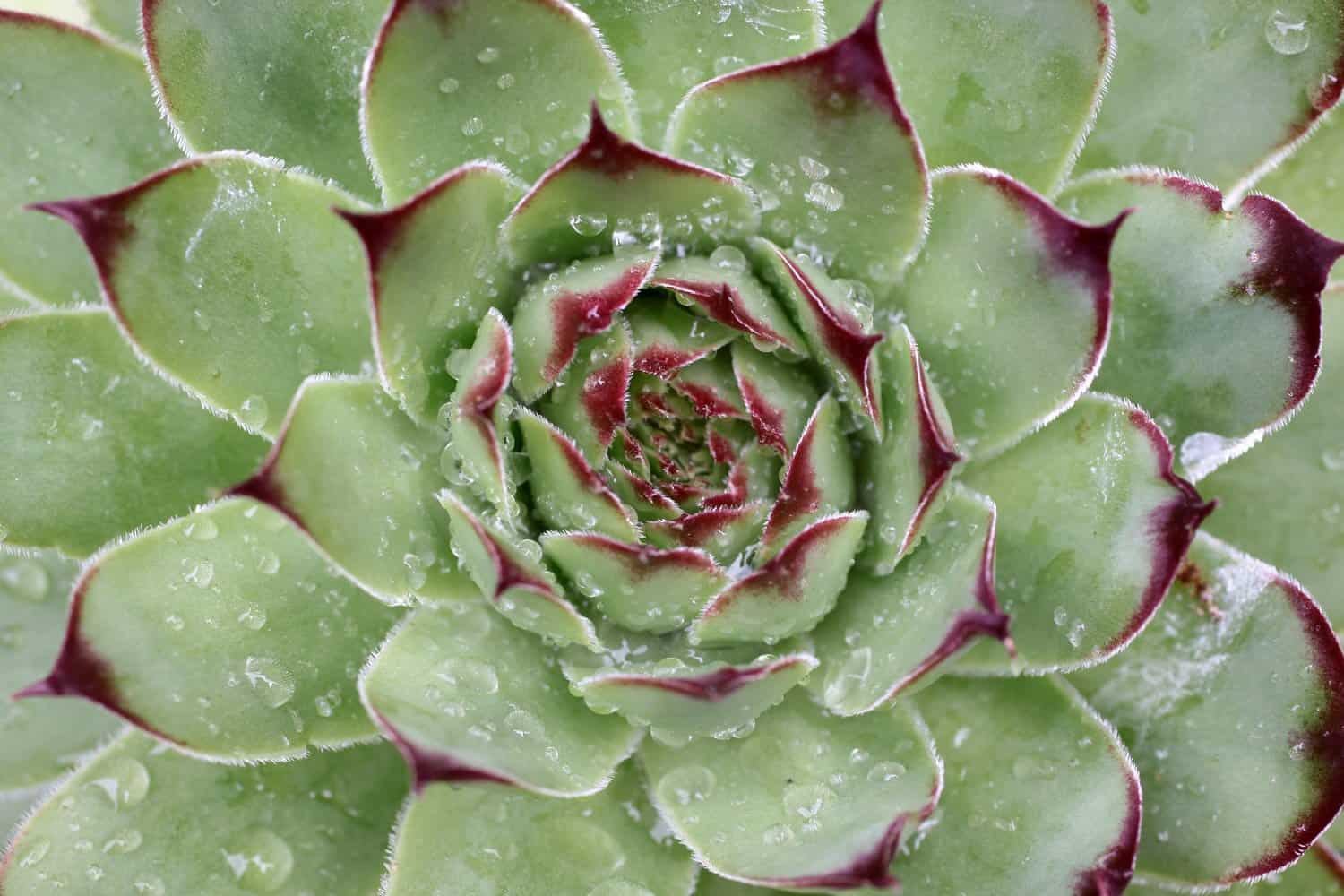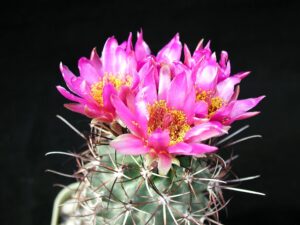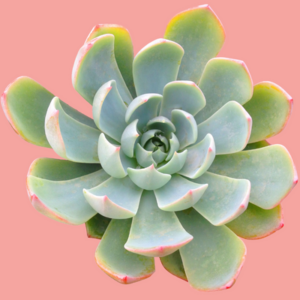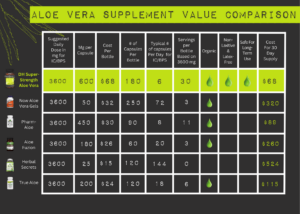If you’ve noticed a white, cottony substance forming on your succulent plants, you may have an infestation of mealybugs. These pests can be a nuisance for both novice and experienced gardeners, compromising the health and aesthetic of your beloved plants. Fortunately, there are effective methods to eliminate these unwanted guests. Below is a comprehensive guide on how to get rid of mealybugs on succulent plants.
Mealybugs are small, sap-sucking insects that can often be found hiding in the crevices and folds of your succulents. They feed on the plant’s sap, leading to yellowing leaves, stunted growth, and in severe cases, death. Identifying their presence is crucial for timely intervention. The sooner you act, the better chance your plants have of recovery. Understanding mealybug behavior and developing an effective management strategy will set you on the right course.
In tackling this issue, it’s essential to first understand how mealybugs thrive and spread. These pests reproduce quickly, laying numerous eggs that can withstand harsh conditions. Their waxy coating provides some protection from pesticides and makes them particularly resilient. This can lead to recurrent infestations if not properly addressed.
There are several methods of treatment available, from natural remedies to chemical solutions. Each option has its pros and cons, and choosing the right approach often depends on the severity of the infestation and the level of intervention you are comfortable with. Let’s delve into these methods in detail.
Identifying the Infestation
Before employing any treatment, accurate identification of mealybugs is pivotal. These pests resemble small white cotton clumps. Beyond being visually distinctive, they are often found in the leaf axils, between leaves, or at the base of the plant. Carefully inspect your succulents. Look for signs of sticky honeydew, which mealybugs excrete. This substance may lead to the growth of sooty mold, making it imperative to handle the problem promptly.
Effective Natural Remedies
For those who prefer organic solutions, numerous natural remedies can effectively combat a mealybug infestation. Here are some noteworthy options:
1. Rubbing Alcohol
One of the most effective home remedies is using a solution of rubbing alcohol. Mix equal parts of isopropyl alcohol and water in a spray bottle. Lightly spritz the affected areas and allow the solution to sit for a few minutes before wiping off the mealybugs with a cotton swab. The alcohol works to dissolve the waxy coating, killing the pests and preventing their ability to reproduce.
2. Neem Oil
Neem oil is a natural pesticide derived from the seeds of the neem tree. Not only does it kill mealybugs on contact, but it also disrupts their life cycle. Mix neem oil with water according to label instructions and spray your infested succulents thoroughly. This treatment works best when applied as part of a regular prophylactic care routine.
3. Insecticidal Soap
Insecticidal soap is another effective natural remedy that suffocates soft-bodied insects, including mealybugs. Spray it directly onto the pests, ensuring thorough coverage. For optimal results, follow up treatments at weekly intervals.
Chemical Solutions
In some cases, especially for severe infestations, chemical solutions may be necessary. Here are a few options worth considering:
1. Systemic Insecticides
Systemic insecticides infiltrate the plant and provide long-term protection. These chemicals are absorbed by the plant and become part of its fluid system. While effective, caution is advised as these treatments can be harmful to beneficial insects and pollinators. Always read and follow label instructions carefully.
2. Pyrethrin-Based Insecticides
Derived from chrysanthemum flowers, pyrethrin works rapidly against pests. It has a low toxicity level for humans and animals, making it a preferable option in many gardening scenarios. Use as directed to treat the afflicted areas of your succulents.
Cleaning and Maintenance Practices
Post-treatment care is crucial to ensure that mealybugs do not return and that your succulents recover fully. Here are some practices to adopt:
1. Regular Inspections: Check your plants routinely for indications of pests or damage. Early detection mitigates the chances of a full-blown infestation.
2. Quarantine New Plants: Always inspect new plants before introducing them to your collection. Isolate any newly acquired succulents for a few weeks to monitor for pests.
3. Maintain Healthy Plants: Strong, healthy succulents are less likely to attract pests. Ensure that your plants are receiving appropriate care—correct watering, soil, and light conditions are key to preventing infestations.
4. Clean Tools and Containers: Sanitize gardening tools and containers before and after use to minimize the risk of transferring pests to healthy plants.
Ultimately, mealybugs are a challenge that every succulent enthusiast may face at some point. By employing accurate identification methods and implementing effective treatment options while maintaining vigilant care practices, you can safeguard your succulent plants from these invasive pests. An integrated pest management approach is the best way to maintain the health and beauty of your plants, allowing you to continue enjoying their unique characteristics for years to come.





Leave a Comment